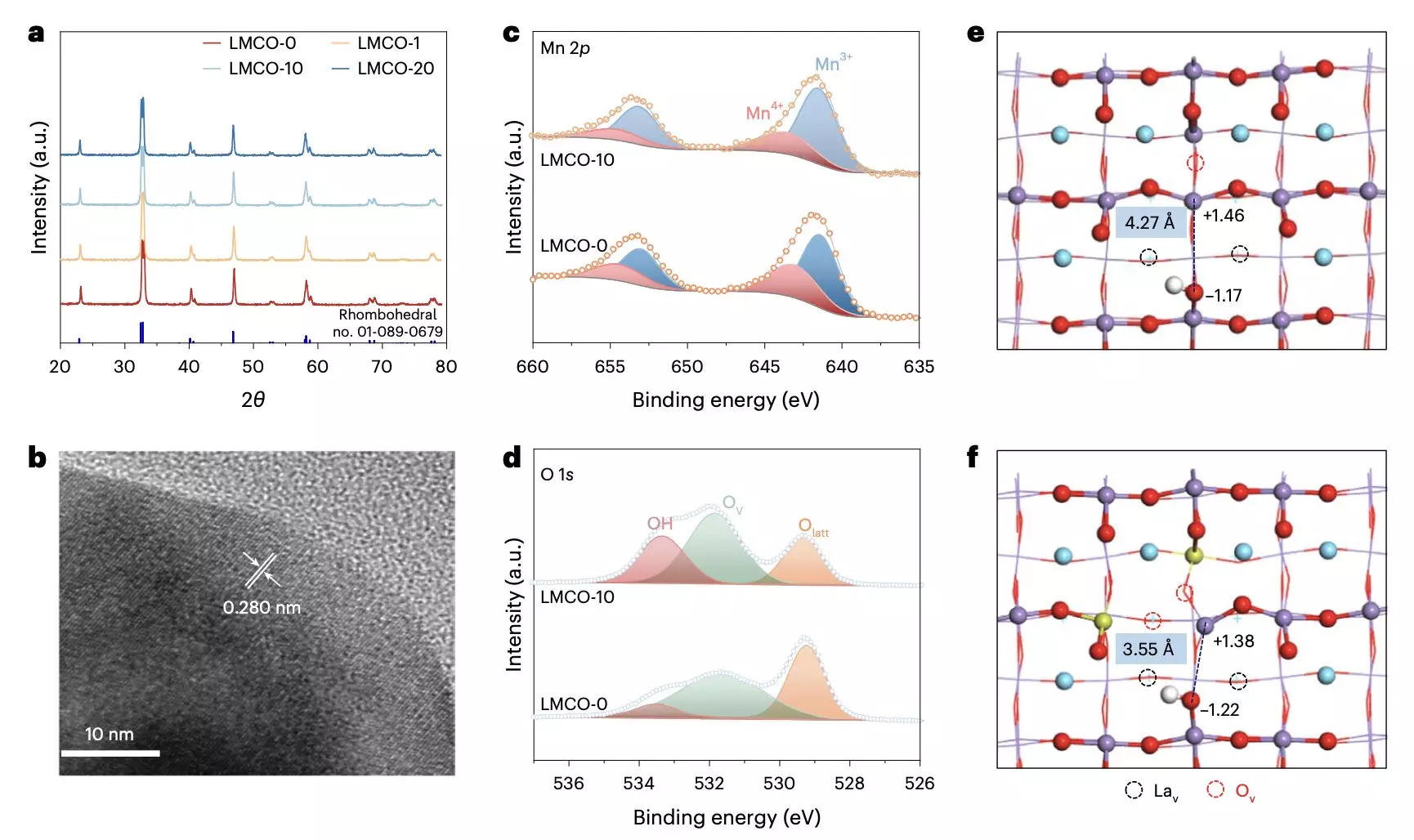Ethylene (C2H4) is an essential compound used in various industries such as manufacturing, agriculture, and healthcare. The demand for ethylene is on the rise, prompting the need for more sustainable and efficient methods of production. One potential method involves converting ethane (C2H6) found in natural gas into ethylene and hydrogen, but current approaches require significant electrical power and have a large carbon footprint.
Researchers at Soochow University and the University of Toronto have introduced a groundbreaking method to produce ethylene through the solar-powered photocatalytic dehydrogenation of ethane using the perovskite oxide LaMn1−xCuxO3. This innovative approach offers a more environmentally friendly solution by utilizing sunlight or LED light rather than fossil-powered steam cracking.
Key Findings
The team of researchers demonstrated that LaMn1−xCuxO3 as a photocatalyst can efficiently convert ethane into ethylene and hydrogen without the need for external heat sources. This not only reduces carbon emissions but also enhances the overall sustainability of ethylene production. By optimizing the composition of the perovskite oxide, the researchers were able to achieve high levels of activity, selectivity, and yields in ethane dehydrogenation.
The researchers conducted tests using a rooftop prototype device and achieved impressive ethylene production rates. Their economic analyses also revealed the significant economic potential of scaling up this solar-powered ethylene production process. This new approach could pave the way for a more cost-effective and environmentally friendly method of producing ethylene on a large scale.
Moving forward, the team plans to further investigate the performance of their photocatalyst and photoreactor to optimize catalytic reactions. They aim to improve photochemical activation, light capture, and light transport rates to enhance the overall efficiency of the LaMn1−xCuxO3 perovskite. This research holds great promise for the future of ethylene production and offers a sustainable alternative to traditional methods.
The innovative approach proposed by these researchers represents a significant advancement in the field of ethylene production. By harnessing the power of solar energy and utilizing a unique photocatalyst, the team has demonstrated a more sustainable and efficient way to produce ethylene. This research not only addresses the growing demand for ethylene but also aligns with efforts to reduce greenhouse gas emissions and promote a greener future for the chemical industry.


Leave a Reply